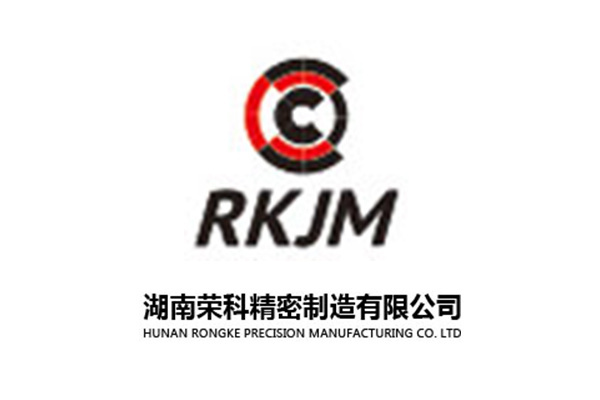Media Information
MEDIA INFORMATION
People-oriented integrity first, development and innovation, cooperation and win-win
How to effectively improve the accuracy of mold processing
Category: Industry News
2024-02-02
With the rapid development of China's economic construction and the improvement of people's living standards, China's construction industry is developing rapidly, and the demand for aluminum profiles is increasing. Therefore, the demand for aluminum alloy extrusion die design, manufacturing and production is also increasing.
Aluminum profile products are widely used in all walks of life, and the products are constantly developing towards diversification and complexity, and the requirements for processing accuracy of products are getting higher and higher. The extrusion die is the basis of the extrusion process, which not only determines the shape, dimensional accuracy and surface state of the extruded product. The quality requirements are getting higher and higher, and the processing requirements for molds are also increasing. Machining accuracy is the biggest requirement of processing, so how to effectively improve the machining accuracy of the mold has become a difficult problem to solve today.
1.1 mold processing quality including machining accuracy and surface quality
Machining accuracy is the degree of conformity between the actual size, shape and position of the surface of the processed parts and the ideal geometric parameters required by the drawings. The ideal geometric parameters, for the size, is the average size; for the surface geometry, it is the absolute circle, cylinder, plane, cone and straight line, etc.; for the mutual position between the surfaces, it is the absolute parallel, vertical, coaxial, symmetrical, etc. The deviation of the actual geometric parameters of the part from the ideal geometric parameters is called the machining error.
Machining accuracy and machining error are terms for evaluating the geometric parameters of the machined surface. The machining accuracy is measured by the tolerance level, the smaller the level value, the higher the accuracy; the machining error is expressed by the value, the greater the value, the greater the error. High machining accuracy means that the machining error is small, and vice versa.
The actual parameters obtained by any processing method will not be absolutely accurate. From the function of the part, as long as the processing error is within the tolerance range required by the part drawing, the processing accuracy is considered to be guaranteed.
The quality of the machine depends on the processing quality of the parts and the assembly quality of the machine. The processing quality of the parts includes the processing accuracy of the parts and the surface quality. The machining accuracy refers to the actual geometric parameters (size, shape and position) of the parts after processing. The degree of conformity with the ideal geometric parameters. The difference between them is called machining error. The size of the machining error reflects the level of machining accuracy. The greater the error, the lower the machining accuracy, and the smaller the error, the higher the machining accuracy.
2 the main aspects of the impact of machining accuracy
2.1 dimensional accuracy
Refers to the degree of conformity between the actual size of the processed part and the tolerance zone center of the part size.
Dimensional accuracy is controlled by dimensional tolerances. Dimensional tolerance is the amount of variation allowed in the size of a part in a cutting process. In the case of the same basic size, the smaller the dimensional tolerance, the higher the dimensional accuracy.
2.2 shape accuracy
Refers to the degree to which the actual geometry of the machined part surface conforms to the ideal geometry. The items for evaluating the shape accuracy include straightness, flatness, roundness, cylindricity, line contour and so on. Shape precision is controlled by shape tolerance. Except for roundness and cylindricity, the shape tolerance is divided into 13 precision grades, and the rest are divided into 12 precision grades. Level 1 is the highest and Level 12 is the lowest.
2.3 position accuracy
Refers to the actual position accuracy difference between the relevant surfaces of the machined part. The items for evaluating the position accuracy include parallelism, verticality, inclination, coaxiality, symmetry, position, circular runout and full runout. Position accuracy is controlled by position tolerance, and the position tolerance of each item is also divided into 12 accuracy levels.
3 The relationship between dimensional accuracy, shape accuracy and position accuracy.
Usually in the design of machine parts and parts processing accuracy, attention should be paid to the shape error control in the position tolerance, the position error should be less than the dimensional tolerance. That is, the shape accuracy requirements of precision parts or important surfaces of parts should be higher than the position accuracy requirements, and the position accuracy requirements should be higher than the dimensional accuracy requirements.
Previous: None!
RELATED INFORMATION
How to effectively improve the accuracy of mold processing
With the rapid development of China's economic construction and the improvement of people's living standards, China's construction industry is developing rapidly, and the demand for aluminum profiles is increasing. Therefore, the demand for aluminum alloy extrusion die design, manufacturing and production is also increasing.
View Details




